
Lewit Gemeda is a student at Harvard Law School.
In today’s News and Commentary, a new study shows that the racial wealth gap, while still significant, is shrinking, and new investigative reporting by the Washington Post looks at how leaders of the unionization efforts at Starbucks are pushed out of their jobs.
A new study shows that the racial wealth gap has narrowed recently so that the median Black worker makes 21% less than the median white worker. While still significant, this narrowing is notable progress that may be attributable to three main factors: 1) a strong economy, 2) the fight for a living wage, and 3) growing diversity in corporate spaces. First, a today’s low unemployment rate and tight labor market may help disadvantaged workers the most because “[w]hen employers can’t be quite as choosy — when employers have to look beyond their network — that can provide more opportunities for historically marginalized groups.” This rise in opportunity for low wage and/or disadvantaged workers has helped narrow the racial wage gap. Second, the fight for a living wage has increased the minimum wage in states and cities across the country. An increase in the minimum wage shrinks the racial wage gap since Black workers account for a disproportionate about of low-wage workers. Lastly, the push for more diversity in corporate spaces over the last few years has also made an impact on the racial wage gap. Last year, the percentage of Black board members at Fortune 500 companies was at 12% (up from 9% in 2020). However, corporate boards make up a small fraction of the job market and the rise in diversity here plays a modest role in the narrowing of the racial wage gap when compared to the first two factors.
Next, according to the Washington Post, only 13 out of the 49 Starbucks baristas across Buffalo, New York who were part of the initial efforts to unionize are still working for the company. One of these baristas is Lexi Rizzo, a shift supervisor who signed the initial letter that was sent to Starbuck’s CEO in August 2021 that let him know that the baristas were seeking to form a union. The Post’s reporting dives into the retaliation Rizzo has faced following her advocacy. The union drive at Starbucks was significant for a number of reasons, largely because it inspired similar union drives in retailers like Apple, REI, Chipotle, and Trader Joe’s. Moreover, today only 6% of private-sector employees are part of a union so these unionization efforts in low-wage service jobs represent a new and expanding front for the labor movement. These efforts have been met with fierce resistance from the companies, and Starbucks has been found to have retaliated against union supporters by increasing surveillance, firing them, and promising better pay and benefits if workers reject an organizing campaign.
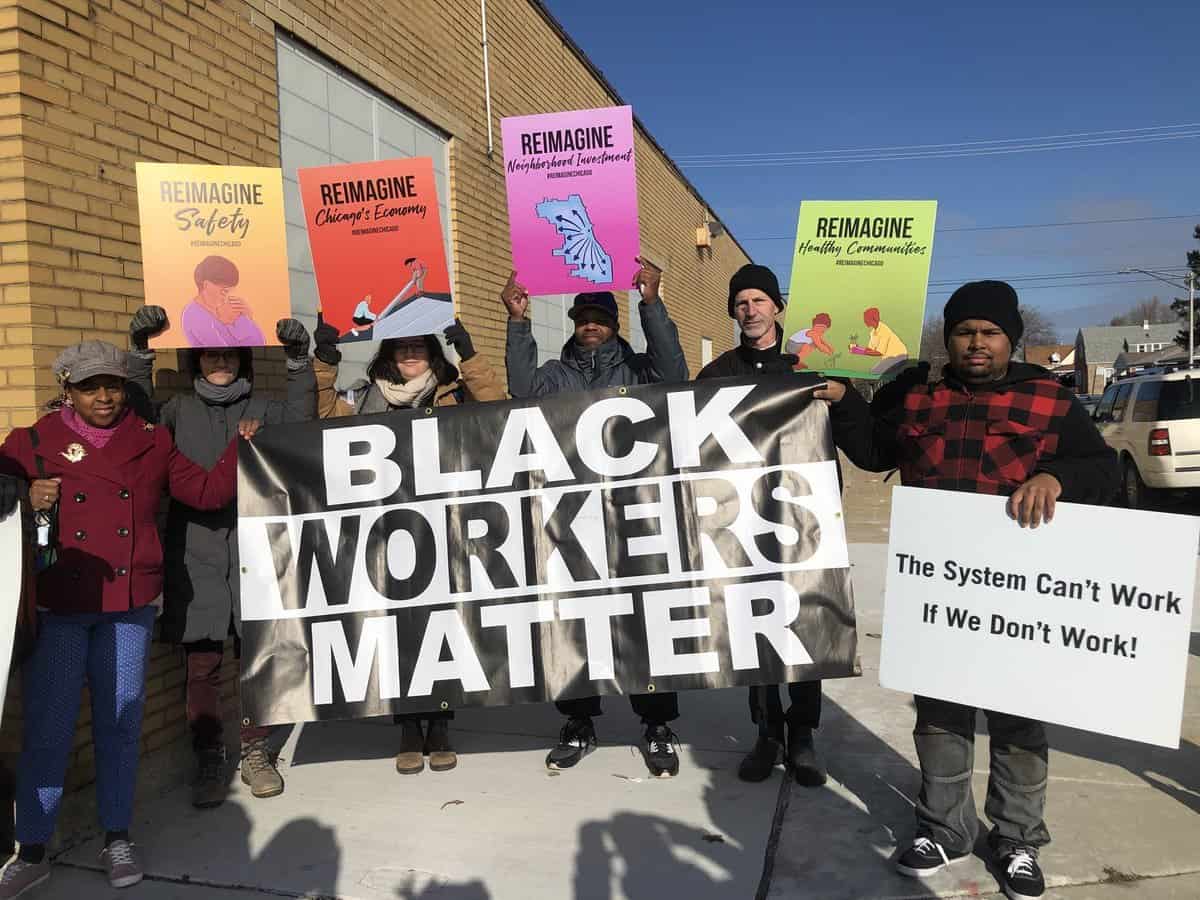
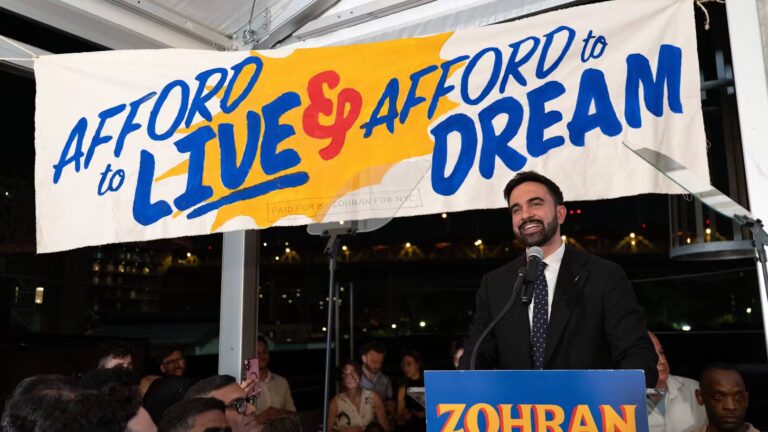
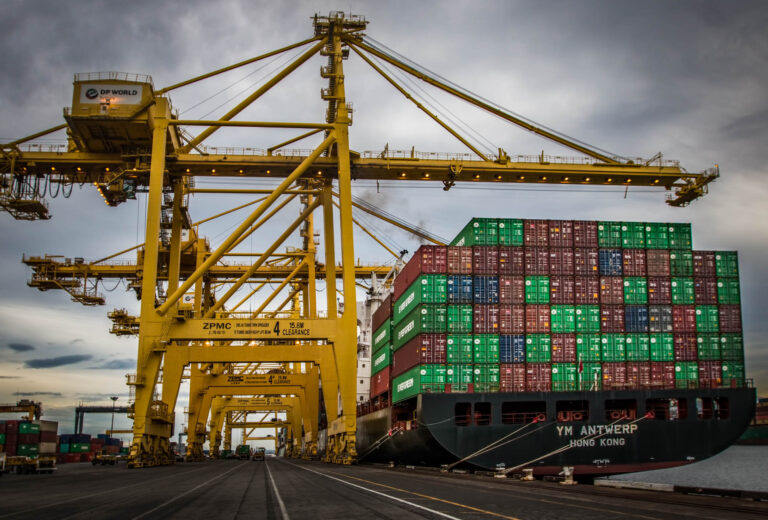

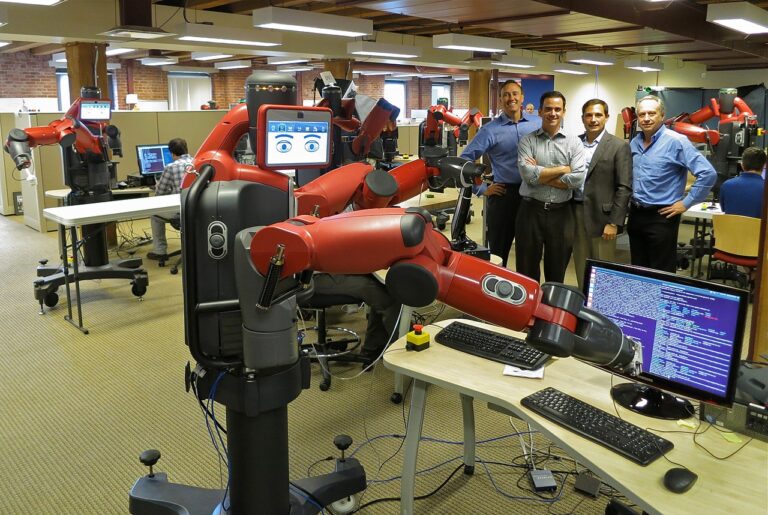
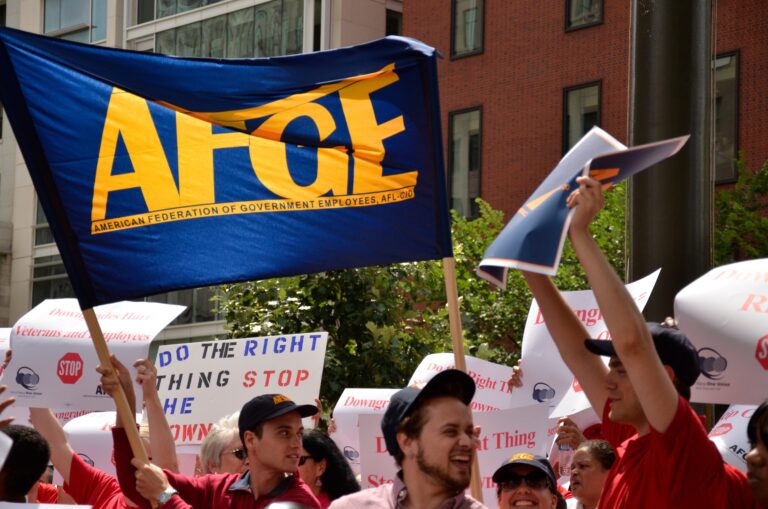
Daily News & Commentary
Start your day with our roundup of the latest labor developments. See all
December 8
Private payrolls fall; NYC Council overrides mayoral veto on pay data; workers sue Starbucks.
December 7
Philadelphia transit workers indicate that a strike is imminent; a federal judge temporarily blocks State Department layoffs; and Virginia lawmakers consider legislation to repeal the state’s “right to work” law.
December 5
Netflix set to acquire Warner Bros., Gen Z men are the most pro-union generation in history, and lawmakers introduce the “No Robot Bosses Act.”
December 4
Unionized journalists win arbitration concerning AI, Starbucks challenges two NLRB rulings in the Fifth Circuit, and Philadelphia transit workers resume contract negotiations.
December 3
The Trump administration seeks to appeal a federal judge’s order that protects the CBAs of employees within the federal workforce; the U.S. Department of Labor launches an initiative to investigate violations of the H-1B visa program; and a union files a petition to form a bargaining unit for employees at the Met.
December 2
Fourth Circuit rejects broad reading of NLRA’s managerial exception; OPM cancels reduced tuition program for federal employees; Starbucks will pay $39 million for violating New York City’s Fair Workweek law; Mamdani and Sanders join striking baristas outside a Brooklyn Starbucks.